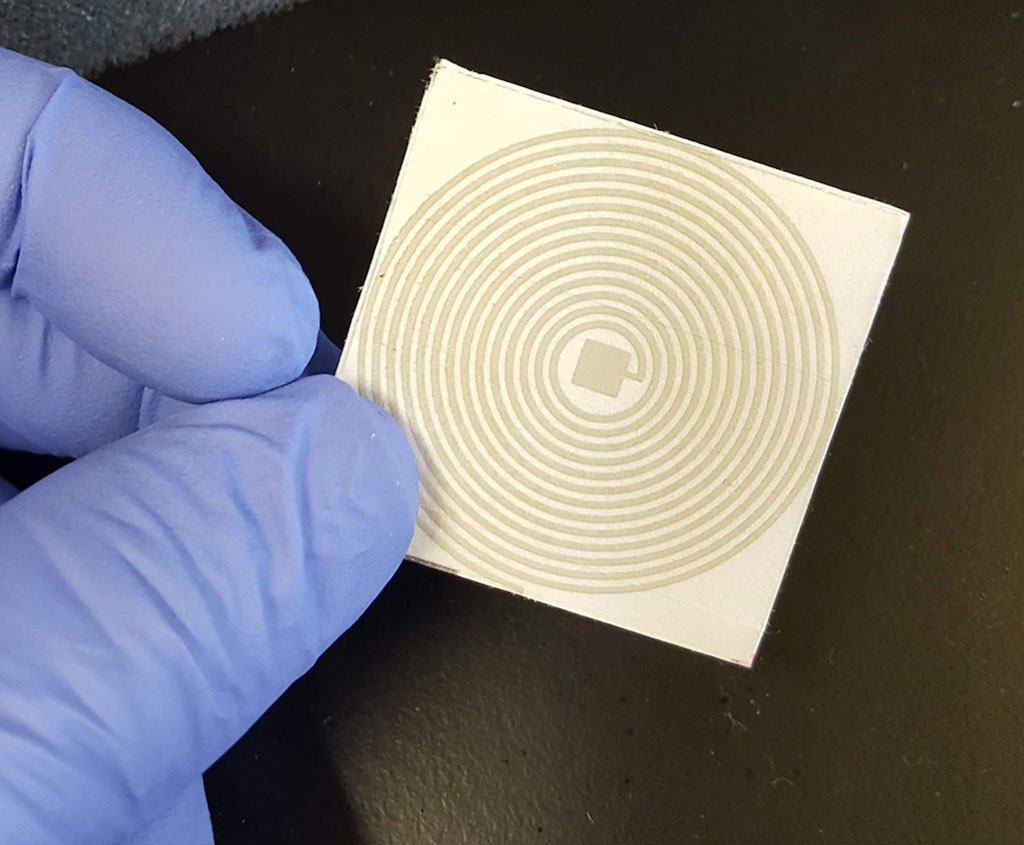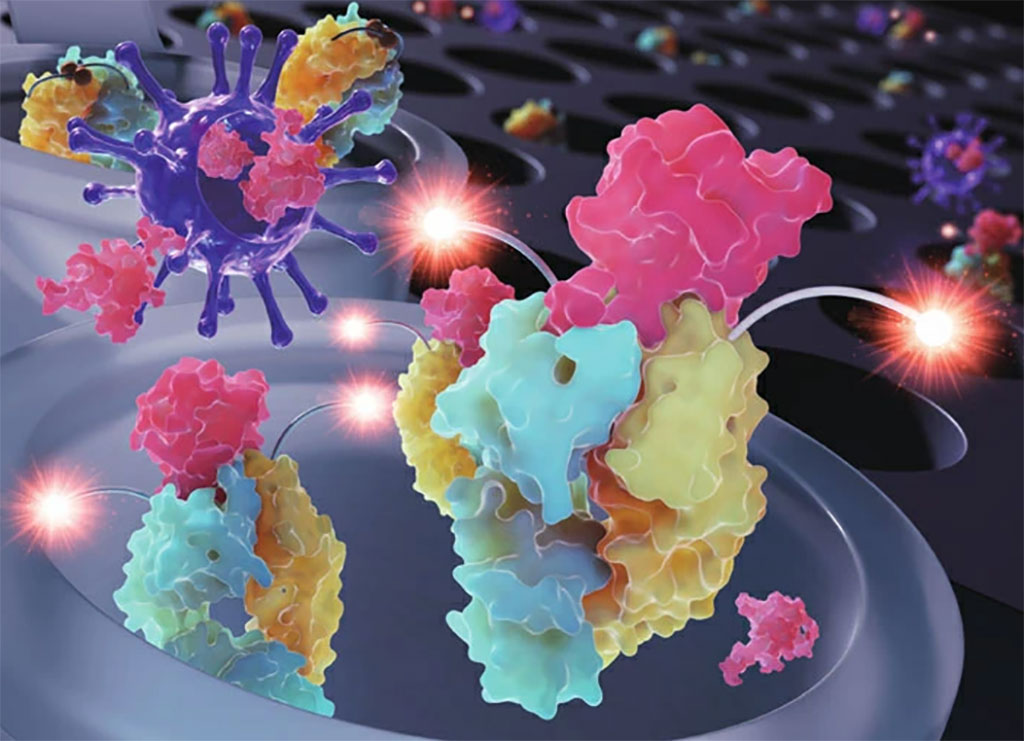No-Touch, Paper-Based COVID-19 Diagnostic Test Could Detect SARS-CoV-2 Using Electrical Frequencies
By LabMedica International staff writers
Posted on 06 Aug 2020
Researchers from the Iowa State University (Ames, IA, USA) are developing a closed, contact-free diagnostic sensing system that could be used to quickly test for COVID-19 or other outbreaks.Posted on 06 Aug 2020
The researchers aim to develop a low-cost, mail-safe, fast-scan “diagnostic platform that is well-suited for widespread monitoring of infection during pandemics. The USD 1 (or so) COVID-19 diagnostic test kit would allow anyone to take their own nasal and cough samples. The samples would be spread on a card which can be stuffed in an envelope with a virus-killing coating and allowed to incubate overnight. The envelope can then be dropped at a collection center or in the mail. The unopened envelope would be scanned by an electronic reader to determine a positive or negative result. Then, that never-opened envelope, samples and all, would be dropped in an incinerator. The electronic reader would automatically text or email the results to the sender.

Image: No-Touch, Paper-Based COVID-19 Diagnostic Test Could Detect SARS-CoV-2 Using Electrical Frequencies (Photo courtesy of Iowa State University)
The key to the technology is a new sensor system based on “toehold switches” that detect target RNA genetic material. That detection triggers production of “reporter” proteins that can change the color of a sensor or, in this case, the frequency of a sensor’s signal. The finished product would involve a multilayered assembly on thick paper. The top layer would hold collected nasal or cough samples, the middle layers would contain the toehold switch, and the bottom layers would have a printed, coiled resonant circuit that can be scanned for telltale frequencies. If there’s target COVID-19 RNA in the samples, the toehold switch would allow production of proteins that degrade a coating on the circuit resulting in a positive signal. If there’s no virus RNA, there’s no protein production, no coating degradation and a negative signal.
The approach would reduce the burden of diagnostics from health workers, eliminate the increased use of limited personal protective equipment, and provide a better response to outbreaks. It would also provide a real-time outbreak map with demographic details to help public health officials monitor the infection. Additionally, the technology can be tuned to detect other diseases or even future pandemics.
“We’re trying to make it so that no one has to touch the samples,” said Nigel Reuel, an assistant professor of chemical and biological engineering at Iowa State University. “The driving motivation of this project is to provide a faster response to enable widespread screening and tracking of an expanding viral outbreak.”
Related Links:
Iowa State University













